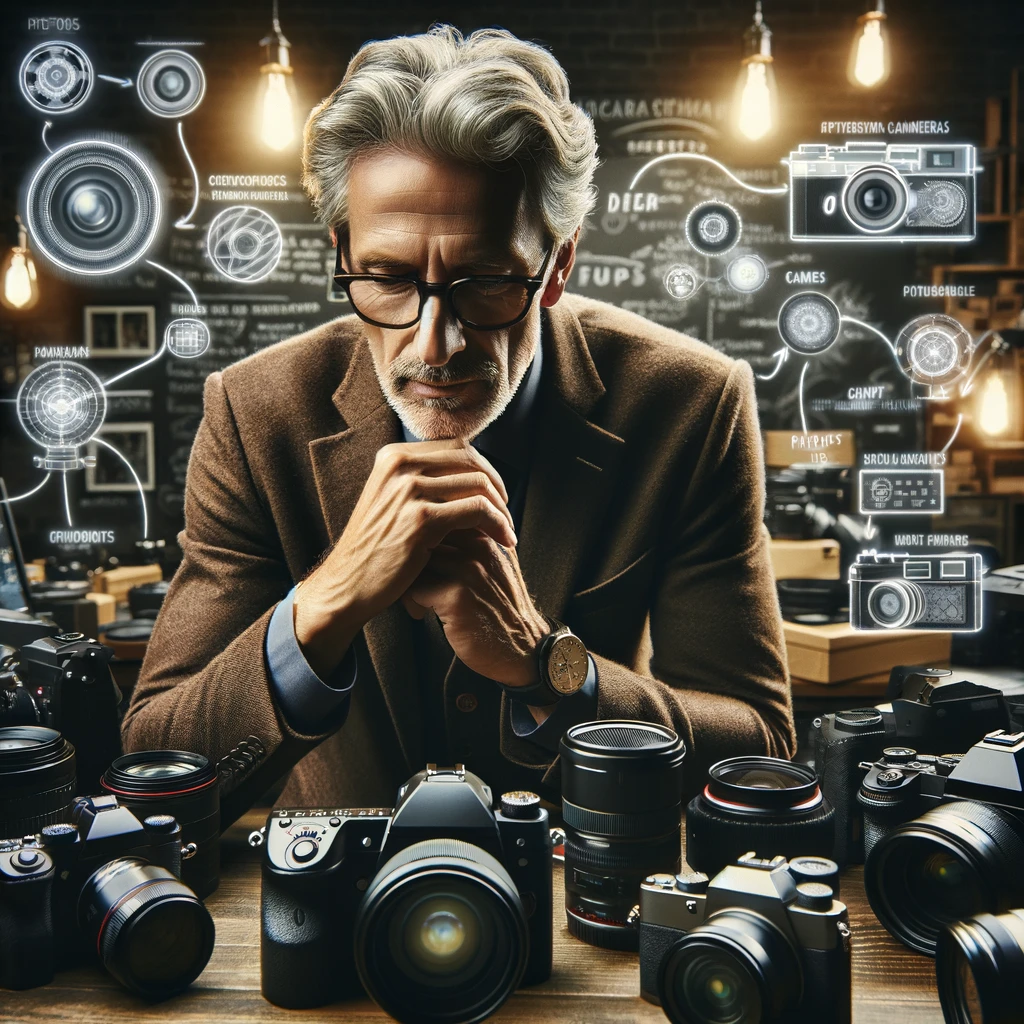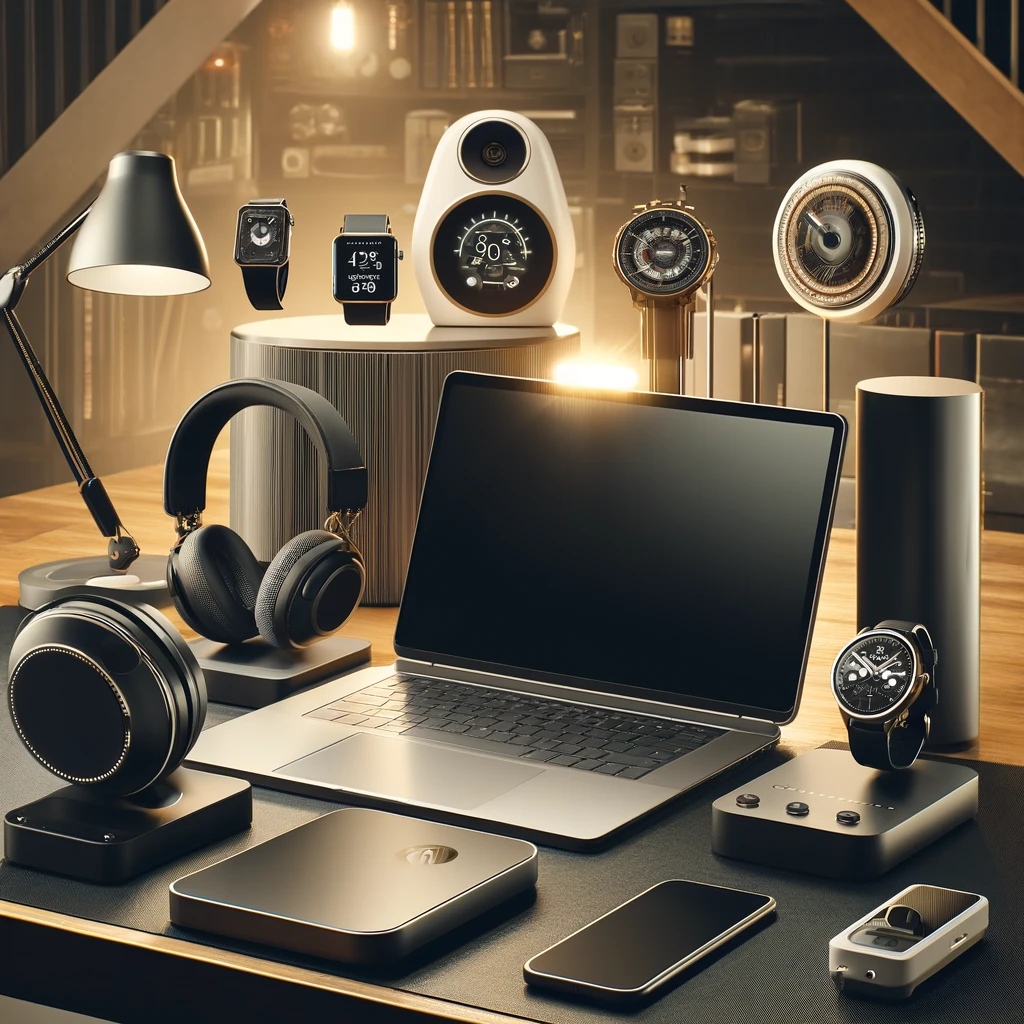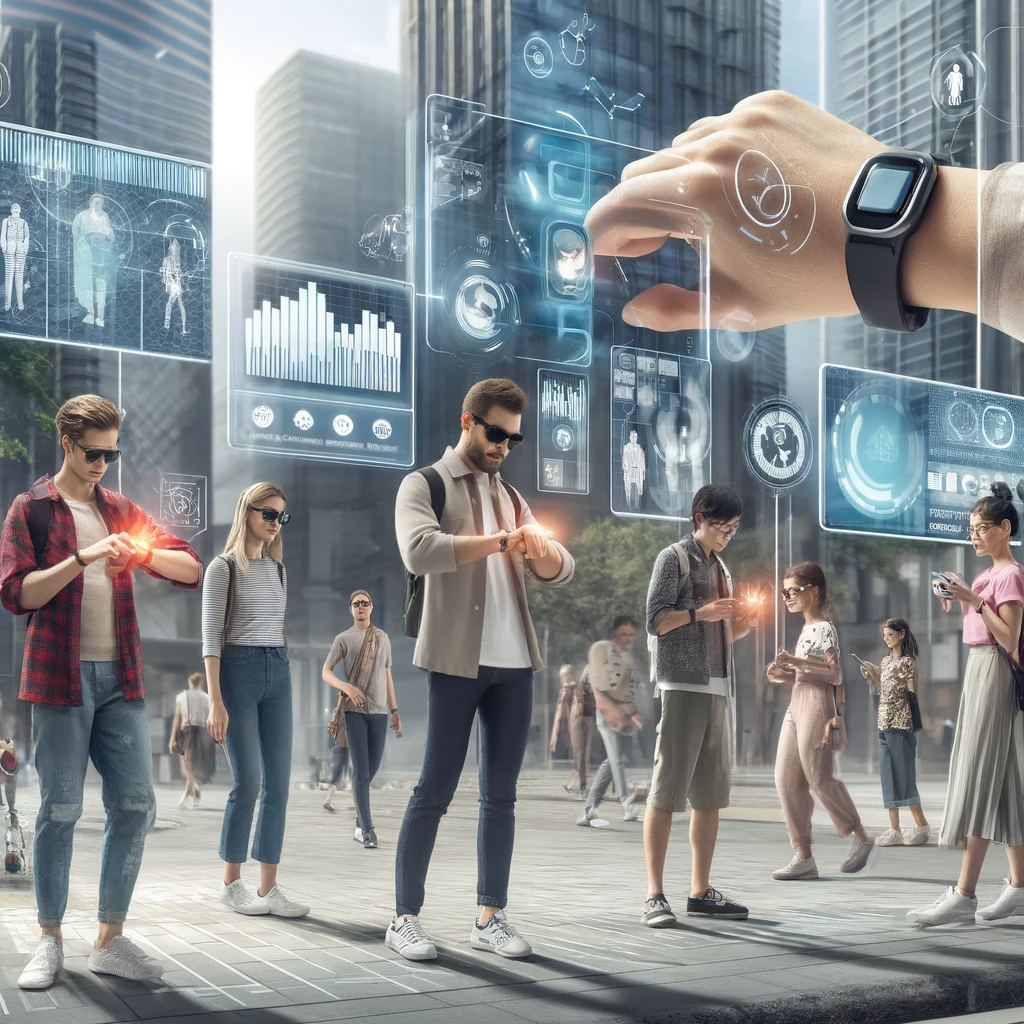When it comes to photography, having the right tool is half the battle. Whether you’re an aspiring photographer or a seasoned pro, choosing the right camera can elevate your photo game significantly. But with so many options on the market, how do you pick the best one for your needs? We reached out to industry experts to bring you insider tips that will help you make an informed decision. Here’s what they had to say.
Understand Your Photography Needs
Before diving into camera specs, it’s crucial to understand what you need from a camera. Are you looking to shoot landscapes, portraits, sports, or a bit of everything? According to professional photographer Jane Doe, “Identifying your primary subject matter is the first step towards choosing the right camera. This determines the features you should prioritize, such as lens compatibility, image stabilization, and autofocus capabilities.”
Sensor Size Matters
One of the most important features to consider when choosing a camera is the sensor size. “Larger sensors generally provide better image quality and more control over depth of field,” says John Smith, a freelance photographer. Cameras with full-frame sensors are preferred by many professionals, but they can be pricier. If you’re starting out or have budget constraints, consider APS-C or micro four-thirds sensors, which also offer excellent image quality for their price points.
Megapixels Are Not Everything
While it’s easy to be swayed by cameras boasting high megapixel counts, more isn’t always better. “What’s more important than the number of megapixels is how the camera performs in different lighting conditions, and its dynamic range,” advises Doe. A camera that can handle high contrasts between light and dark areas in a scene is crucial for producing vibrant, detailed photos.
Speed and Performance
For those interested in sports or wildlife photography, the speed of the camera is a key factor. “Look for a camera with fast autofocus and high frame rates,” suggests Smith. This ensures you never miss a moment and can capture fast-moving subjects with clarity and precision.
Ergonomics and Usability
A good camera should feel right in your hands. Comfortable grip, intuitive layout of controls, and weight are significant factors, especially if you spend long hours shooting. “You don’t want to end up with a camera that feels like a chore to use,” Doe points out. Additionally, check for features like touchscreen interfaces and customizable buttons to enhance user experience.
Budget and Lenses
Setting a budget is essential. Cameras can range from a few hundred to several thousand dollars. “Invest in a camera that not only fits your current budget but also allows room for buying quality lenses,” advises Smith. Remember, the lens can often make a bigger impact on your photography than the camera body itself.
Check Reviews and Test Drive
Before making a purchase, read reviews and, if possible, test the camera. Many stores will allow you to feel the camera and sometimes even take a few shots. “Nothing beats hands-on experience,” says Doe. See how the camera performs, and check the image quality and ISO performance firsthand.
Conclusion
Choosing the right camera involves a mix of understanding your photography needs, knowing the key features that matter, and setting a realistic budget. Use these tips from photographers who have been in the field and learned through experience. Happy shooting!



